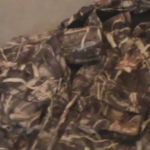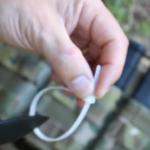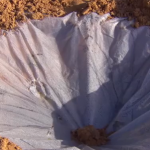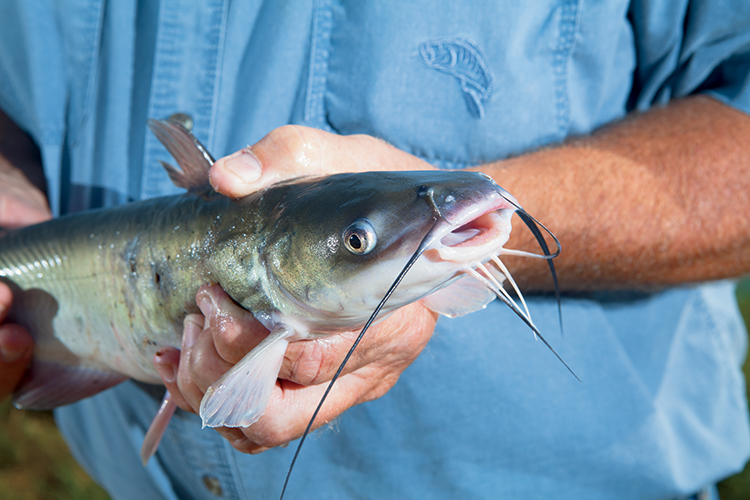
Catfish are a hearty species that don’t need a lot of care and maintenance in order to thrive. This is one of the reasons that they make the perfect choice for backyard fish farming. Catfish are also very meaty, nutritious and easy to prepare. Let’s take a look at a simple way that you can raise your own catfish in a 55 gallon drum with minimal expense, equipment or expertise.

Preparing the Barrel

The first step is to cut a hole near the bottom of the barrel that can be used for a drainage tube. Barrels that have rounded and tapered edges that lead from the side to the bottom are ideal. You can easily install a plug or valve and spigot right at the very bottom in the center of the taper. This is the perfect position for a drain system as it will capture and expel much of the waste that accumulates near the bottom of the tank.
You can choose the diameter of the hole based on your requirements, but keep in mind that smaller holes will take longer to drain. They can also get plugged up as debris escapes. Consider making the hole at least ½ inch in diameter. Follow the manufacturer instructions with respect to installing the valve assembly or drain plug. Seal it to the barrel with some special marine-grade sealant to minimize the occurrence of leaks or accidental drainage.
Filter and Pump
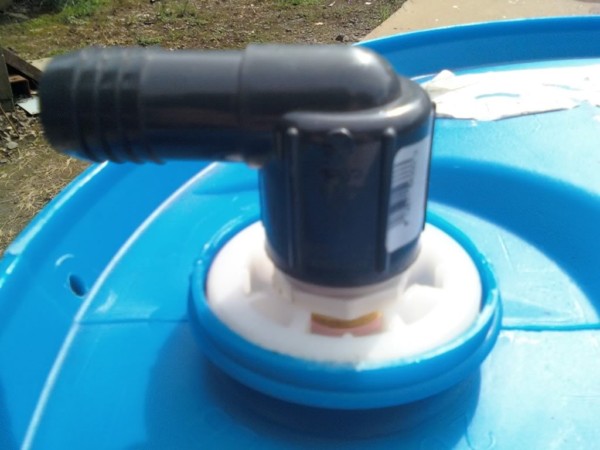
It is highly recommended that you purchase a small aquarium pump and filter and install it on the barrel as well. You will most likely need to bore two holes, one for the intake and other for the discharge lines. While you can get by with using a small pump to aerate the water through a tube that you stick through the surface, a good pump and filter will introduce more oxygen into the system while also helping to remove waste products from the water. However, this is not absolutely necessary. However, you will need a small pump to introduce oxygen in the water.
If you don’t use a filtration system, you should drain and replace the water from the barrel every day. Make sure that you install a screen on the inside of the drainage tube to prevent fry and small fish from getting out of the barrel. If you are using a filter, clean the filter on a daily basis and drain the water as needed. Keep in mind that fish produce a lot of waste, and it is essential for their overall health and growth that water is kept clean. Doing so will also help to ensure that you are eating the best fish possible as well.
Preparing the Area
 It’s best to place the barrel in a moderately-shady part of your yard that has good drainage. The ground should also be level and stable. Make a simple base out of 2×4 pieces of wood and place the barrel on top. Also, consider where you will want the water to drain so the barrel will be placed in the most ideal spot.
It’s best to place the barrel in a moderately-shady part of your yard that has good drainage. The ground should also be level and stable. Make a simple base out of 2×4 pieces of wood and place the barrel on top. Also, consider where you will want the water to drain so the barrel will be placed in the most ideal spot.
Filling the Barrel
Make sure the spigot, valve or plug is sealed and fill the barrel with regular tap or hose water. Fill it until the water is between 6-8 inches from the top of the barrel. This space will help to minimize the chances of the catfish jumping out of the barrel and onto the ground below. Allow the water to rest overnight so the chlorine can evaporate and temperatures stabilize.
Keep in mind that catfish love warm water, and will grow quickly when the water is between 70-80 degrees. They can also grow in cooler waters, but they will grow more slowly and eat less as their metabolism slows.
You can add the catfish once the water is ready. It’s a good idea to take a bucket full of water from the barrel and add a couple of handfuls of fish at a time. Let them rest in the bucket for an hour or so to adjust to the water. Transfer the fish from the bucket to the barrel and repeat the process. Use more buckets to speed things along if you like.
This barrel should be large enough to accommodate around 40 small fish or fry.
Feeding
There is no universal rule of thumb with respect to feeding your catfish. They will require more food as they get bigger, but what you feed them is up to you. Keep in mind that you will be eating the catfish for food, so choose items that will also be good for you. Commercial fish feed is perfectly fine as long as it contains natural ingredients. However, you can also use food scraps, insects, worms and grubs as food as well.
You really can’t over feed catfish, and they will generally just stop eating once they get full. Try and remove any excess food that remains with a net in order to maintain high water quality levels. Expect to go through some trial and error with respect to getting portions just right, and you can feed them twice a day.
The catfish will be ready for harvesting once they stop growing in the barrel. You can also transfer the fish to a bigger tank or pond in order to allow them to grow more as well. In any case, you can expect to get about 60 pounds of meat from each barrel provided that the fish survive and grow. Clean the water regularly and make sure that you are feeding them enough food every day.
This simple tank system can produce enough catfish to sustain you for an entire year. Try it for yourself and see how this can tremendously improve your food security if we ever end up going off the grid.


